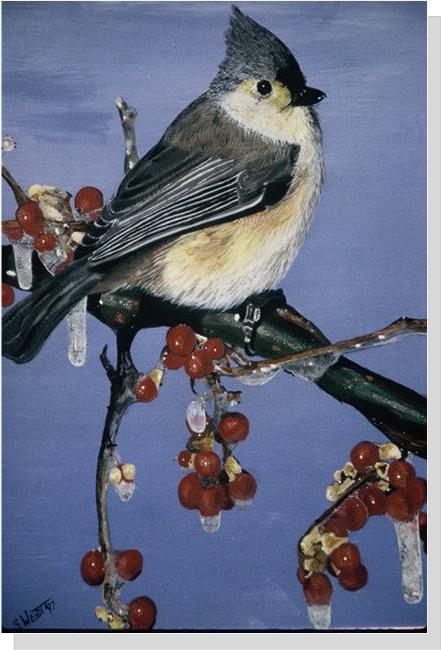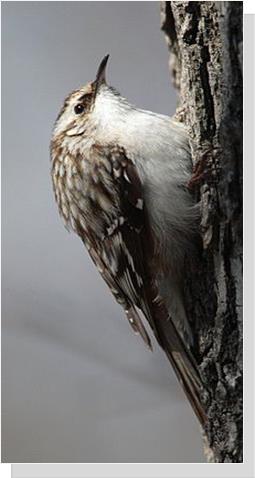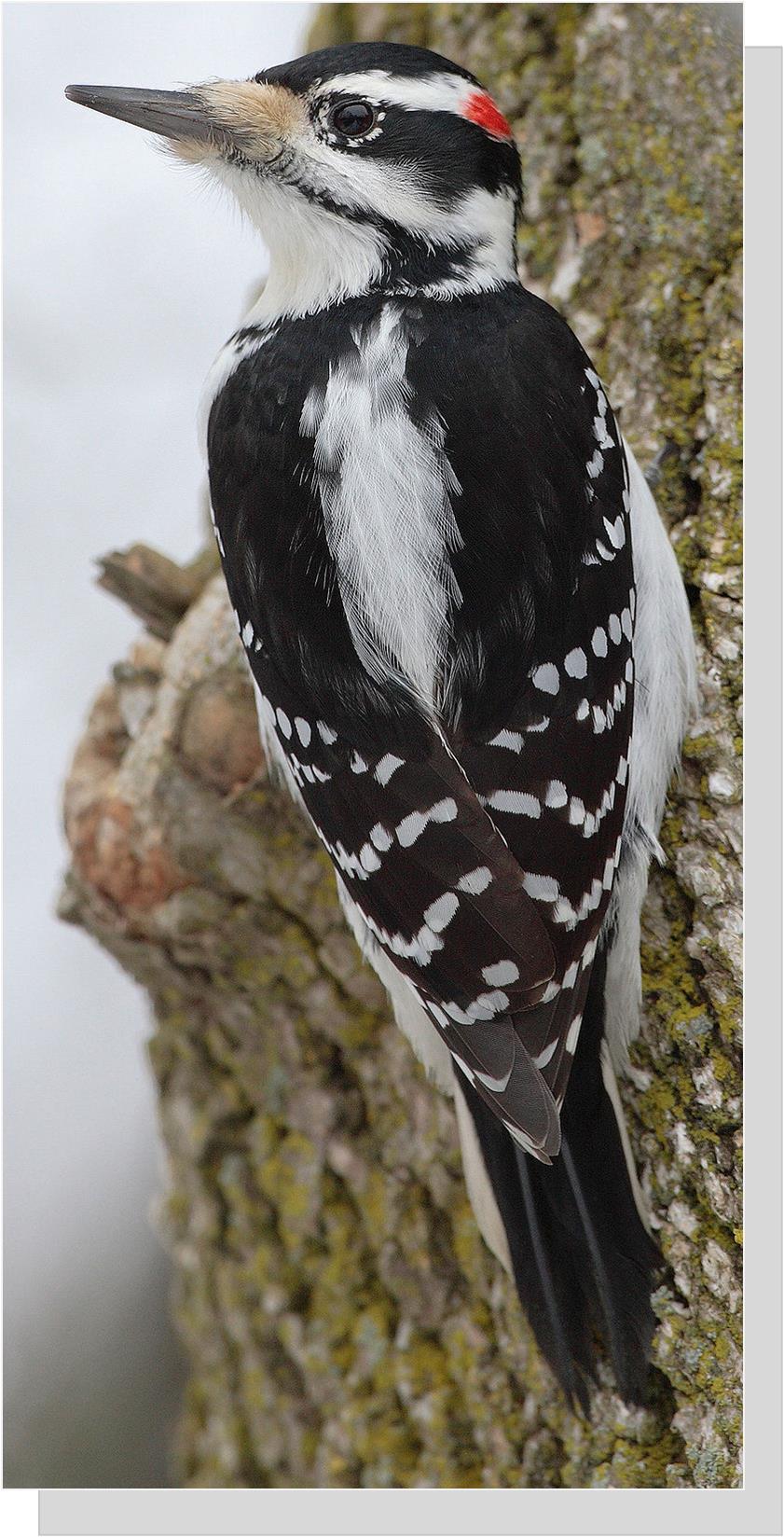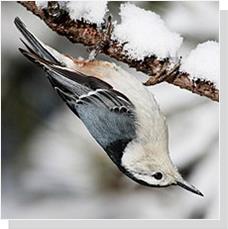
VIEW ON NATURE
Different Feathers Flock Together
By: S.L. Wendt
 The first day of winter was December 21, 2020. Known as the Winter Solstice, it’s when our upper half of earth is tilted furthest away from the sun. This cyclic occurrence rarely goes unnoticed in Nature as the longest night and shortest day. Primitive cultures have celebrated this solstice for millennia as the rebirth of the sun.
The first day of winter was December 21, 2020. Known as the Winter Solstice, it’s when our upper half of earth is tilted furthest away from the sun. This cyclic occurrence rarely goes unnoticed in Nature as the longest night and shortest day. Primitive cultures have celebrated this solstice for millennia as the rebirth of the sun.
As a Naturalist, I’ve never liked the expression “the dead of winter”. Nature slows down and tucks in a bit with animals hibernating, less photosynthesis, and the like, but entire complex ecosystems keep thriving. This is also the time of year when all birds are done with their chores of breeding, nest building, rearing young and migration. Instead, during the winter they only have one priority –survive until spring by finding enough food and avoiding hungry predators.
One of my favorite pastimes in the winter woods is finding myself suddenly surrounded by a slow-moving gang of forest birds, a hunting party of several different small species foraging for food together. Most birds eat alone or amongst their own kind, so why change during the winter? A mixed-species foraging flock typically has "nuclear" species central to its formation and movement. Species that trail them, or "attendants" tend to join the foraging flock when it enters their territory. Carolina chickadees and tufted titmice are usually the ringleaders of the bunch that may include brown creepers, kinglets, wrens, juncos, warblers, vireos, and downy and hairy woodpeckers in unison scouring the deciduous tree tops, trunks, understory, and forest floor for insects, seeds and nuts.
All year long, these birds operate separately, so why now join forces? Evidently, this multi-species foraging, known as commensal feeding, mutually enhances the group’s overall success in finding food and avoiding predators. In winter, when there is less food and no leafy cover, the more specie-specific methods of searching under the watchful eyes and warnings of the entire gang goes a very long way toward the survival for all.
For example, a hairy woodpecker searching for grubs under the bark of a dead oak may flush a moth that is caught in mid-air by a tufted titmouse that otherwise would not have removed the bark itself. Or consider the tiny brown creeper which always crawls up tree trunks in search of insects while the handsome white-breasted nuthatch often forages in the opposite downward direction; both are probing and clearing crevices but from different perspectives that flush more insects than if hunting alone.
The same holds true in avoiding predators. Different birds are better at spotting incredibly fast incoming sharp-shinned hawks. Sharp-shinned hawks can flash in at up to 60 mph with amazing agility, relying on the element of surprise which is more difficult to execute when the prey is amongst a flock of ever-watching, ever-listening, moving individuals.
So birds of different feathers flocking together is indeed one of Nature’s secrets on how our little feathered friends survive after the Winter Solstice. It may become a long cold winter, but for them, they’re not alone.
(Copyright © 2012 Annandale Chamber of Commerce. All rights reserved. (Photographs & images, on this page, and on this website, are not available for use by other publications, blogs, individuals, websites, or social media sites.)
Brown Creeper 
Harry Woodpecker

White-breasted Nuthatch
(foraging downward)

Brown Creeper: By User:Mdf - Own work, CC BY-SA 3.0, https://commons.wikimedia.org/w/index.php?curid=495736
(Copyright © 2012 Annandale Chamber of Commerce. All rights reserved. Photographs are from Wikipedia, and Private Collections. (Photographs & images, on this page, and on this website, are not available for use by other publications, blogs, individuals, websites, or social media sites.)
Copyright 2012 Annandale Chamber of Commerce. All rights reserved. Privacy Policy

